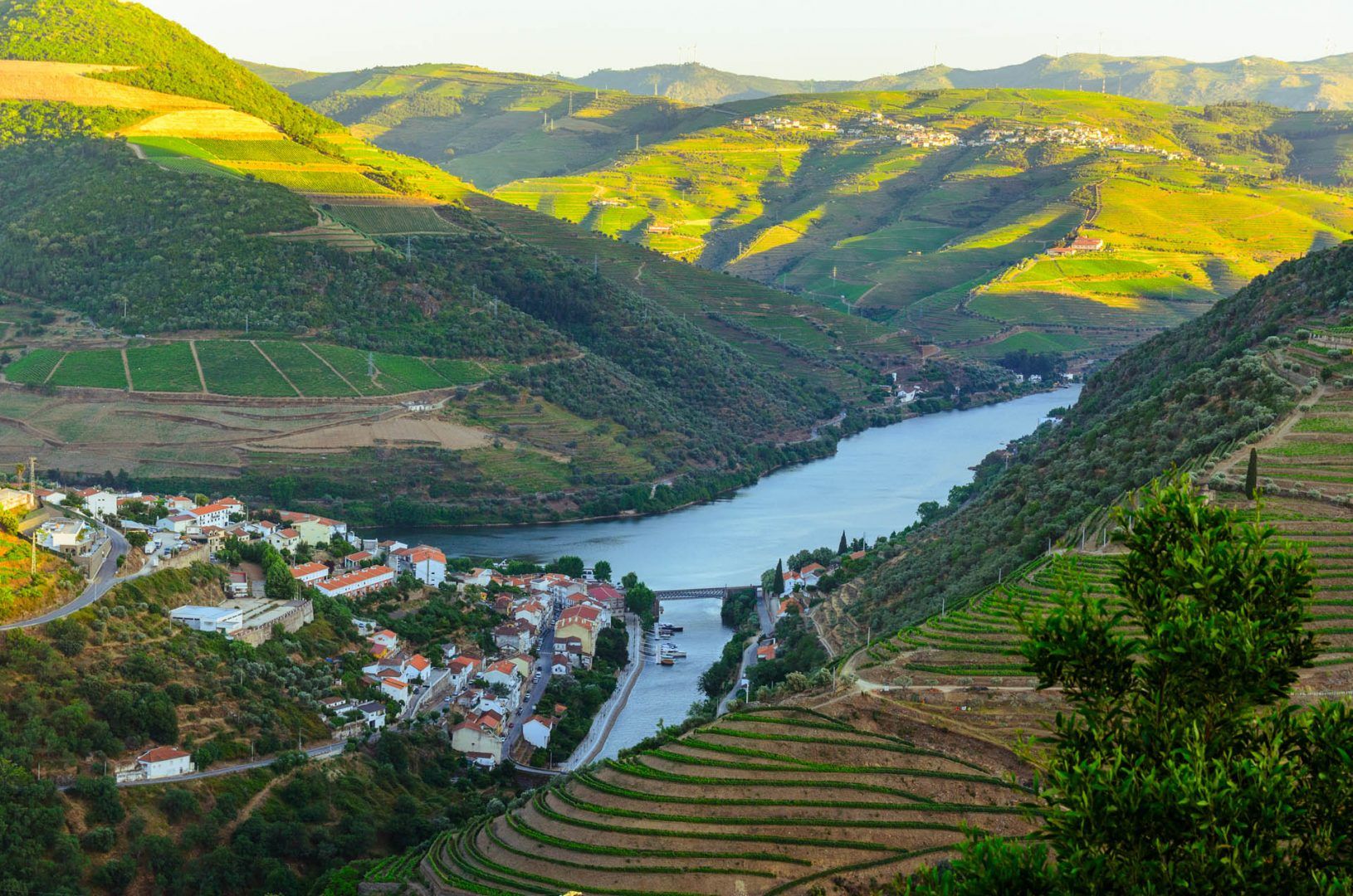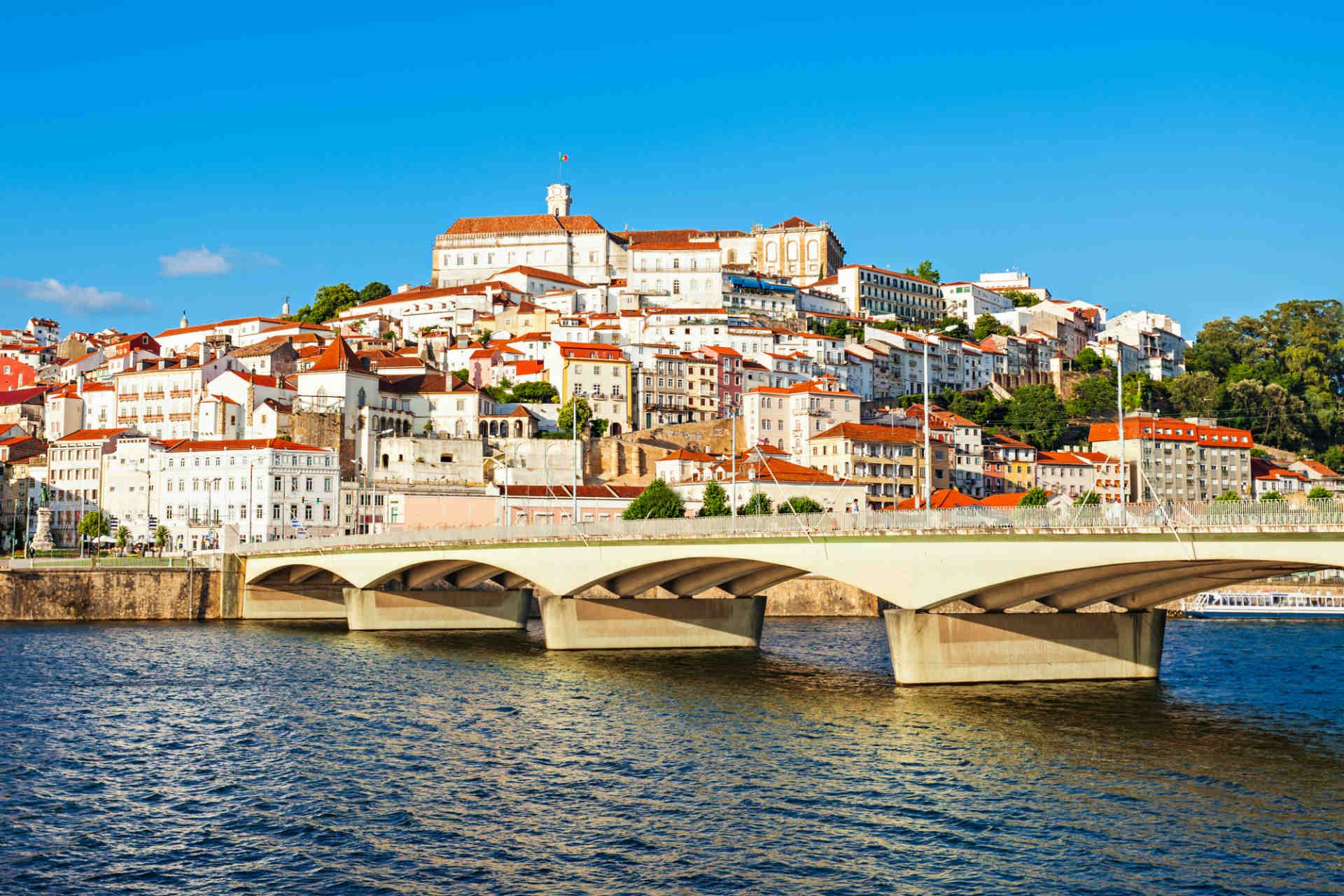19. Take a walk to the Rota Vicentina
The Rota Vicentina is a 340km long-distance footpath that runs from Santiago do Cacém in the Alentejo to Cabo de São Vicente in the Algarve. The northern, Alentejan half has two alternative routes: Porto Côvo is the beginning of the 115 km-long Trilho dos Pescadores (Fisherman’s Trail), which follows coastal tracks long used by the local fishermen. Walking here is the best thing to do in Portugal for hikers.
It’s relatively well marked with colored arrows and tracks the coast via Milfontes (a taxing first section, 20km), Almograve (15km further), Zambujeira (another 22km), and into the Algarve at Odeceixe (18km on). It’s tough going, much of it along towering cliffs, but no section is longer than 25 km, which means—in theory—you always have accommodation and a place to eat at the end of your day’s walk.
The inland alternative is the Caminho Histórico (Historic Way), which follows ancient pilgrimage routes from Santiago do Cacém, mostly inland, to Cabo de São Vicente. Be aware that, as with all Portuguese trails, waymarking can be sporadic and poorly maintained, so if you tackle the path, take a good map or GPS system—but it is worth the effort, as the routes embrace some of the loveliest scenery in the country.
How to get to Rota Vicentina
You can start the northern part of the Rota Vicentina from Santiago do Cacém or Porto Côvo. Both towns are reachable by bus from Lisbon in about 3–4 hours. The Fisherman’s Trail officially begins in Porto Côvo.
If you're walking multiple stages, you can book luggage transfers with local services. There are also buses between the main towns along the trail, so it's easy to pick and choose the sections you want to hike. Some people arrange car drop-offs or pickups to cover specific parts of the route.
When to visit Rota Vicentina
April to May and September to October are the most comfortable months for hiking, with cooler temperatures and blooming wildflowers.
Summer gets hot, but it’s good if you want to swim at the beaches along the trail. Winter hiking is doable, though the trail can get muddy when it rains. Try to avoid the busiest summer weekends (July and August) when the coastal towns fill up with holidaymakers. With the right gear, you can walk this route in any season.






























